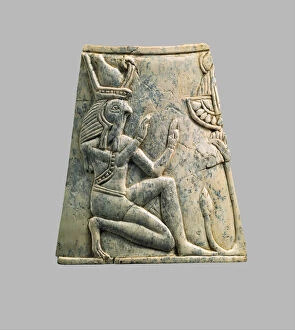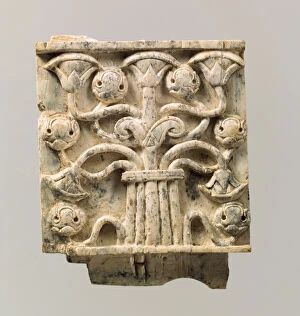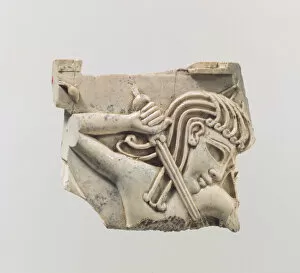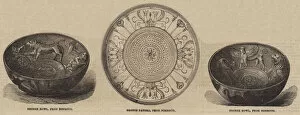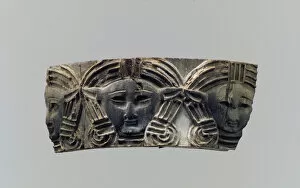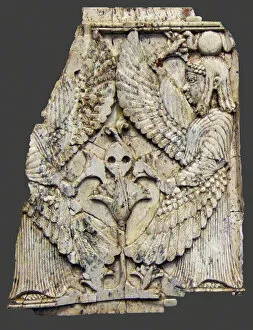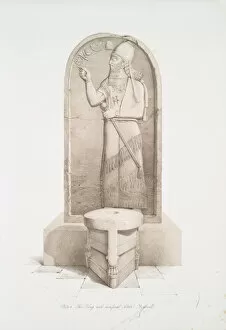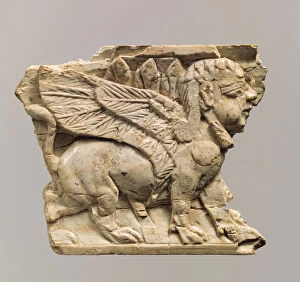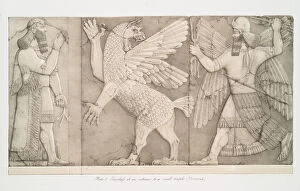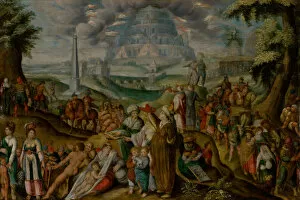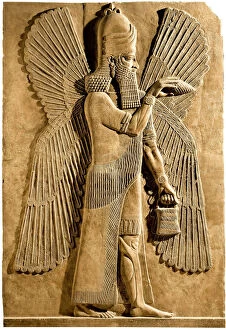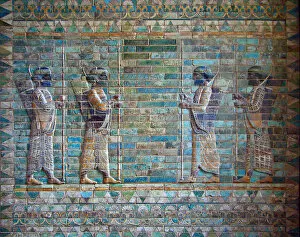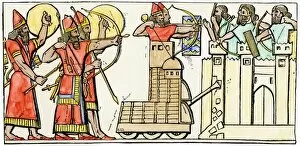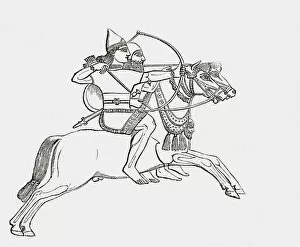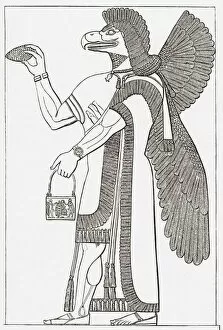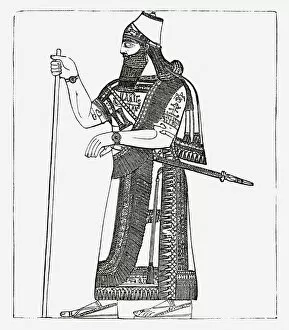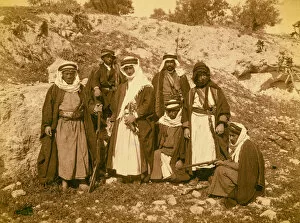Nimrud Collection (#2)
"Nimrud: A Glimpse into the Ancient Assyrian Empire" Step back in time with these captivating artifacts from Nimrud, an ancient city located in Calah, Iraq
For sale as Licensed Images
Choose your image, Select your licence and Download the media
"Nimrud: A Glimpse into the Ancient Assyrian Empire" Step back in time with these captivating artifacts from Nimrud, an ancient city located in Calah, Iraq. This openwork plaque featuring a striding sphinx takes us back to the 9th-8th century B. C. , showcasing the exquisite craftsmanship of that era. Intricate details come to life as we zoom in on a close-up of a carved relief. The scenes depicted here tell stories of flight from a besieged city during Ashurbanipal's reign, offering us a glimpse into the turbulent times faced by the people of Nimrud. The Assyrian influence is evident throughout these artworks, such as this stunning piece of decoration created by an unknown artist in 1898. Its intricate design and symbolism reflect the rich cultural heritage and artistic prowess of this ancient civilization. One cannot miss the iconic winged genie relief from Sargon II's palace. Created between 722-705 BC, it showcases the mastery of Assyrian artistry and their belief in supernatural beings guarding their rulers. Traveling further through time, we encounter Darius I's palace at Susa and its famous Archers frieze dating back to around 510-500 BC. This artwork displays both military might and artistic finesse, highlighting how art was used to commemorate significant events during that period. Amongst all these remarkable pieces stands tall a statue depicting King Ashurnasirpal II himself. His regal presence reminds us of his powerful rule over Nimrud and his contributions to its grandeur. Another awe-inspiring sculpture is that of a winged lion with a human head - an embodiment of strength and wisdom found within Nimrud's walls. It serves as evidence for their reverence towards mythical creatures symbolizing protection and divinity. Mesopotamian art comes alive through neo-Assyrian relief panels depicting two figures engaged in various activities.




